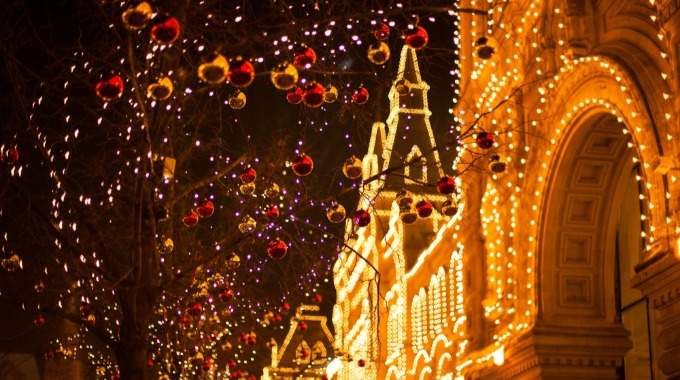Moscow City and Novodevichy Convent Guided Tour

Here in Moscow, more than anywhere else in Russia, one can feel the atmosphere of the Russian Renaissance - the process of changes happening in this huge country during the past two decades. This ancient city, which was first mentioned in chronicles in 1147, has always played the most important part in Russian history. Even when the capital was moved to St. Petersburg, in 1712, Moscow was considered to be the second capital of Russia.
During the tour you will drive along the Moscow streets, boulevards and avenues with the historic buildings and mansions, you will have a number of stops to admire one of the world's most famous squares - Red Square with the marvellous masterpiece of a 16th century Russian architecture - Cathedral of St. Basil; you will learn the tragic history of the main Russian Orthodox Cathedral of Christ the Saviour, see the famous Bolshoi (Big) theatre and Poklonnaya Hills with the extensive Victory Park that was laid down to commemorate WWII victory. Stop near the Moscow State University, one of the seven Stalin's high rises, which looks quintessentially Soviet to admire the panoramic view of Moscow with the Olympic Luzhniki stadium in the foreground and the golden domes of the Kremlin in the distance.
Novodevichy Convent
You will also visit one of the oldest and loveliest convents in the city - the New Maiden's Convent (Novodevichy Convent) with its fascinating cemetery where many famous Russian and Soviet persons are buried.At the same time as Moscow's Kremlin was reinforced as a protective citadel for the city center, a series of fortified monasteries were constructed as an outlying defensive chain to the south. The most famous of these is the beautiful Novodevichy Convent (New Convent of the Maidens), founded in 1524 and situated along a prominent bend in the Moskva River. The convent's fame, however, has less to do with its role as a protective fortress than with its aristocratic and political history, for Novodevichy was the favored destination for high-ranking women banished from court. The most famous such inmate was Peter the Great's elder sister Sofia, who had ruled as Regent during his minority. After Peter came of age and claimed his throne, it was to Novodevichy that he banished his Machiavellian sibling in 1689. Nine years later, as Peter was returning to Russia after his travels in Europe, Sofia engineered an attempted coup from the convent. The coup failed, and Peter reached home in time to participate in the mass execution of the rebels. Although Sofia was not to be harmed, she was apparently driven mad when the bodies of her supporters were strung up outside her window. Novodevichy is also famous for the cemetery that lies beyond its south wall. Here lie many famous writers, artists, and politicians, including Gogol, Checkov, Bulgakov, Mayakovsky, Stanislavsky, Shostakovich, Eisenstein, and Nikita Khrushchev, the only Soviet leader not buried behind Lenin's Mausoleum.

